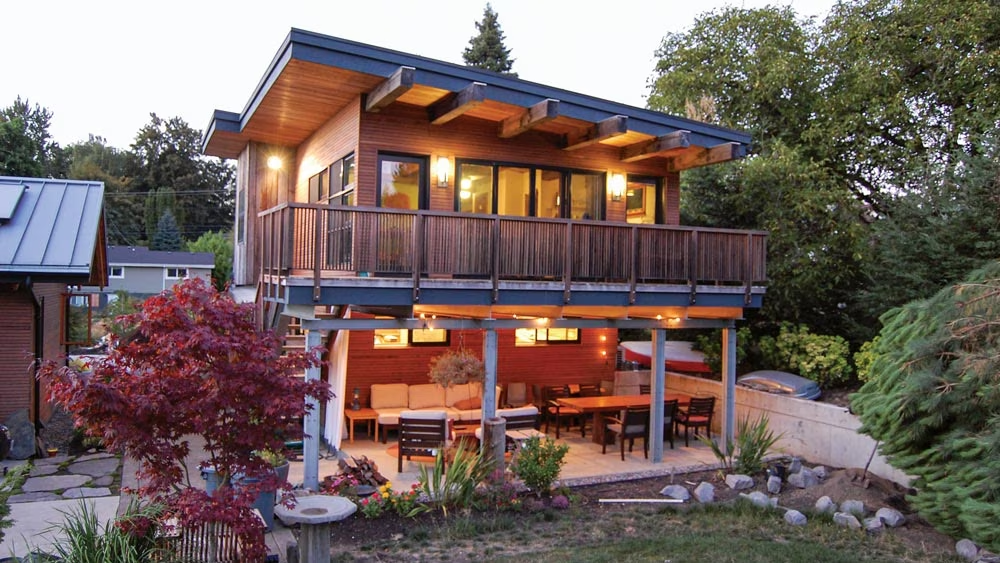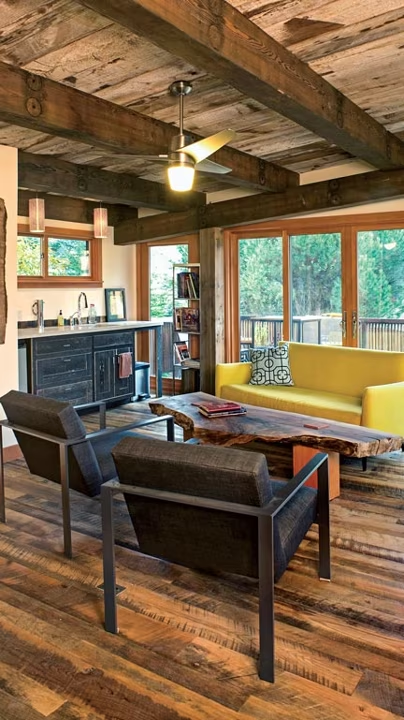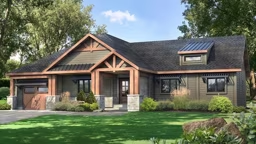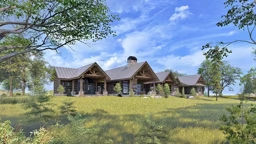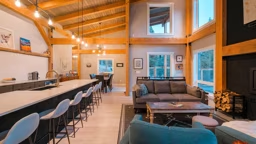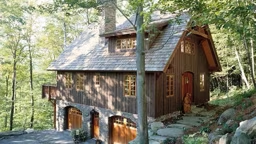After 25 years of designing and building energy-efficient homes in the Finger Lakes region of New York, Jonathan Orpin and his wife, Maxine Bromfield, decided to mix it up by moving to the other side of the country. They were delighted when they found a south-facing parcel in Portland, Oregon, to build on.
As the founders of New Energy Works, a design-build company, and Pioneer Millworks, which provides reclaimed wood and sustainable flooring, they were no strangers to the idiosyncrasies of the custom-home market. Jonathan and Maxine have helped hundreds of people make their dream homes a reality. This includes helping several homeowners add “accessory dwelling units,” or ADUs, to their property.
“We’ve had several clients downsize from a 2,500-square-foot home to an 800- or 1,000-square-foot ‘cottage style’ ADU on their land,” Jonathan says. “Then, they rent out their larger home to cover all their expenses and then some.”
ADU Basics
ADUs go by a plethora of nicknames: in-law suite, carriage house, backyard bungalow, ohana unit, granny flat. Ultimately, ADUs are a way for homeowners to add a separate living space on their land, either attached or detached from their home, that provides cooking and sleeping space, with a full bathroom.
Unlike “tiny houses,” which are built to specifications used for mobile homes and have zoning restrictions on where they can and can’t be placed, ADUs are built to the same residential code as the primary residence and are appraised and valued accordingly.
Building Guidelines
If ADUs are permitted in your area, your local government’s building department likely will have a raft of guidelines and restrictions, which will include minimum and maximum square footage of the ADU. Some areas allow as little 88 square feet to more than 1,000. In making its determination, the governing body will evaluate whether your property is large enough to accommodate the structure and cover basic ancillary needs, such as parking, particularly if you will be using the ADU as a separate rental.
In many locales, ADUs can be constructed at the same time as the primary home. They typically share utilities and are connected to the same electric, water and sewer lines. To encourage the construction of ADUs, some municipalities have waived permitting and development fees. Other cities see them as a profit center, charging more than $50,000 for access to utilities and building-code review.
If you are building in a subdivision that has a homeowner’s association (HOA) or if your community has an architectural review board, expect that your design of the main home and the ADU will have to earn their approval as well.
The Importance of Great Design
Jonathan and Maxine’s ADU in Portland is a 675-square-foot, one-bedroom timber frame with a shed roof system that they had to obtain a variance for during the design process. The couple loves how the main home (a 3,000-square-foot timber frame) and the ADU turned out — both evoke a classic contemporary Northwest aesthetic, combining recycled building materials with a bevy of energy-conservation strategies. In fact, in 2011, the project earned Fine Home Building’s New Home of the Year Award and Green Builder Magazine’s Home of the Year, Best Craftsmanship Award.
Initially, the couple were going to use their ADU as a home office, with one car garage and shop space for woodworking. But then they started offering it on Airbnb, and their occupancy rate was an enviable 95 percent, with many repeat customers. The true purpose of the ADU was sealed.
Jonathan credits the design of their ADU for its popularity. That’s why he emphasizes the importance of making a solid design investment to other homeowners contemplating an ADU. “Good design is one of the best ways to spend your money. Our ADU is a stunning space. There’s a sense of balance between the open floor plan and privacy offered with the bedroom, combined with natural patina of the industrial timbers we chose for the timber frame,” Jonathan explains.
Whether you’re building an ADU for rental income or as a retirement option, Jonathan says to expect the cost per square foot to be similar to the main living space, just in a smaller footprint. Plus, if you do decide to downsize to your ADU in your Golden Years, you will be glad you invested in a high-functioning floor plan and quality building materials and fixtures, so you can age in place in style.
What Would Motivate You to Build an ADU?
Homeowners build ADUs for a host of reasons. For some, it’s all about increasing property value or earning passive income; for others, the purpose is a little more personal. In a 2018 AARP Home and Community Preferences Survey, people age 50+ who would consider building an ADU said they’d do so in order to:
- 85% Provide a home for a loved one in need of care
- 83% Provide housing for relatives or friends
- 64% Feel safer by having someone living nearby
- 69% Have a space for guests
- 67% Increase the value of their home
- 60% Create a place for a caregiver to stay
- 53% Earn extra income from renting to a tenant




